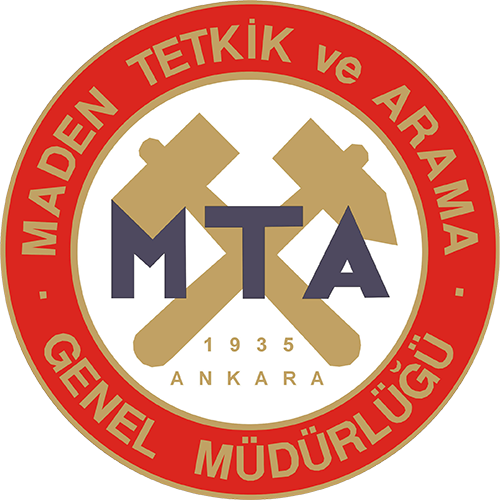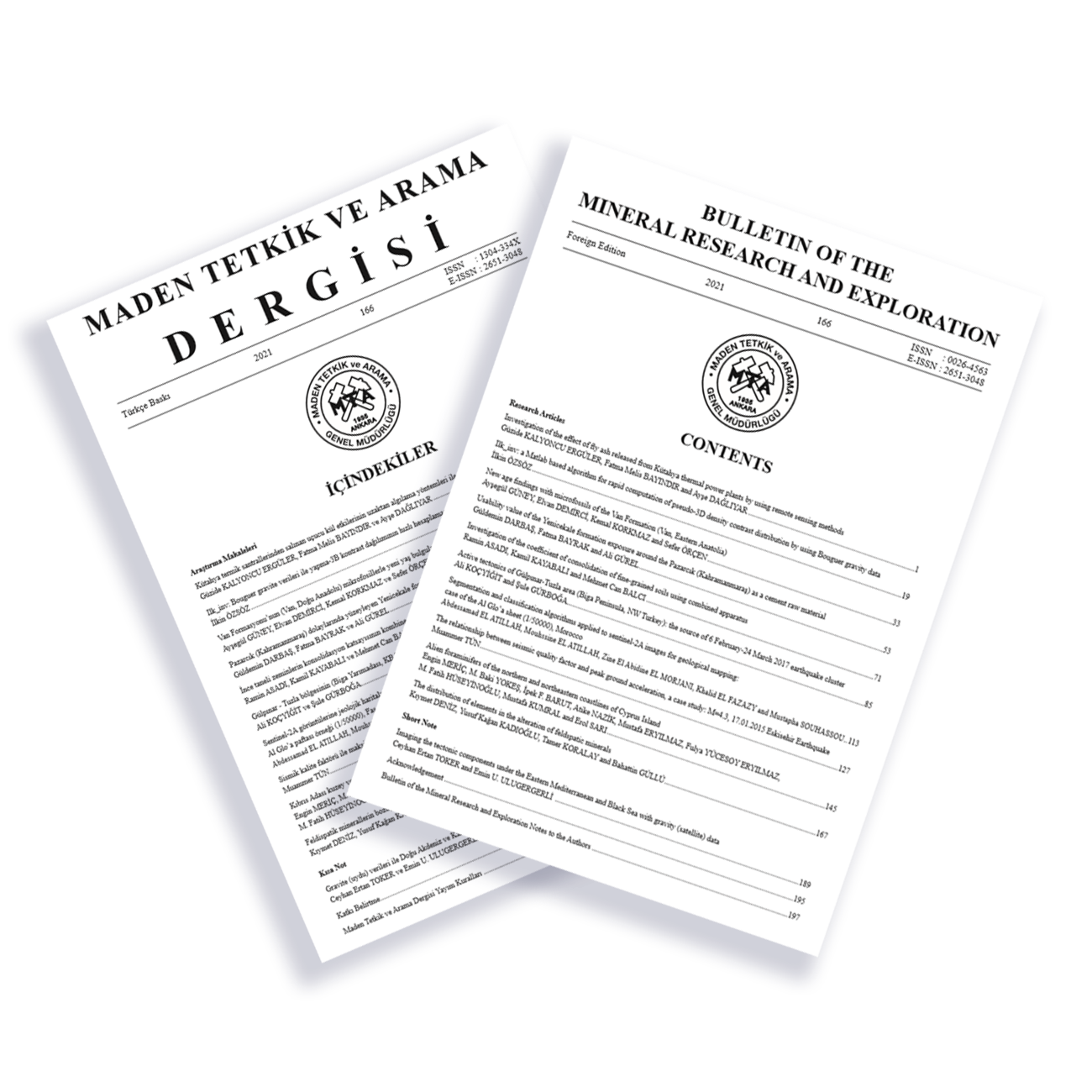Details
Coal quality, mineralogy, petrography, and geochemistry of the high-strontium Bozburun lignite (Malatya, eastern Türkiye)
Yüksek stronsiyumlu Bozburun (Malatya, doğu Türkiye) kömürünün kalitesi, mineralojisi, petrografisi ve jeokimyası
Indexed In
Volume 173 / April 2024Authors
Rıza Görkem OSKAY, Ali İhsan KARAYİĞİTKeywords
Malatya Basin, Miocene, Maceral, Celestine, Barite.Abstract
The Bozburun coalfield hosts a late Miocene 1.1 m thick coal seam. This study aims to determine coal quality, mineralogy, petrography and geochemistry, and controlling factors of elemental enrichments. The coals are generally black and greyish black in colour, and the low part of the seam commonly includes fossil shell remains. The ash yield displays a decreasing trend towards the upper part of the seam; in turn, gross calorific and total C values increase upwards. The total S content being generally higher than 5% (on dry basis), displays an increasing trend towards the upper part. In the entire seam, huminite is the most common maceral group, while inertinite and liptinite display variable proportions. The identified minerals by XRD are mainly quartz, clay minerals, calcite, pyrite, and aragonite (in fossil shell remains-bearing samples), whereas feldspars and marcasite determined in a few samples. Furthermore, in the coal samples, celestine and barite were identified
by SEM-EDX. This study indicates that precipitation of celestine and Sr-bearing barite grains during diagenetic stage and Sr-uptake by mollusc within the palaeomire caused Sr enrichment in the entire seam. Overall, the water influx and redox conditions controlled the mineralogical and the elemental compositions of the coal seam.

